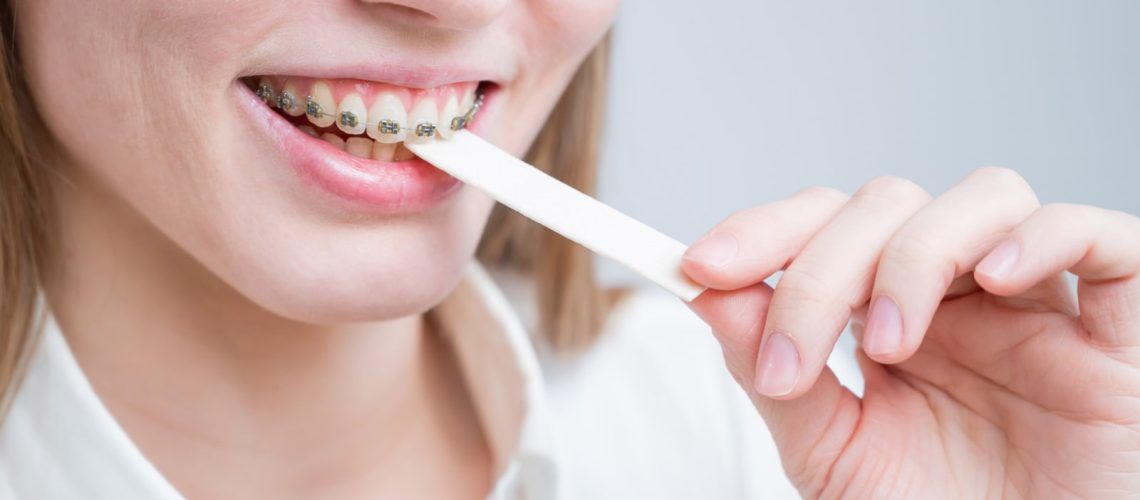Orthodontic treatment can provide many benefits for patients with misaligned teeth or other forms of malocclusion. Unfortunately, many people have found the process to be an intimidating prospect. For some, this hesitation is due to the potentially long time they’ll spend with braces. Others are concerned about the discomfort during the procedure itself. Others have heard that the period after receiving braces can accompany significant discomfort. Those in the latter camp thankfully have little to worry about. The period following receiving an orthodontic appliance is often devoid of discomfort. For those who do experience post-orthodontic pain, it typically only lasts two weeks before fading entirely.
Conservative Methods Of Easing Orthodontic Discomfort
Soreness and inflammation after receiving an orthodontic appliance is the most common source of discomfort. This discomfort is often the result of the body adjusting to this new presence. The tissues of the cheeks can be irritated by the wires from the braces. However, even clear aligners can make your teeth ache for a short period after receiving your orthodontic appliance. You can manage most of this discomfort with over-the-counter treatments and other conservative approaches to pain management. The following approaches are the most common and frequently successful.
- NSAIDs – NSAIDs battle inflammation, one of the underlying causes of orthodontic pain. This form of medication, known as Non-Steroidal Anti-Inflammatory Drugs, reduces inflammation and swelling in the body. The most familiar NSAIDs are Ibuprofen, Midol, and Naproxen Sodium.
- Analgesics – This medication soothes discomfort by mitigating the body’s ability to experience it. They work very well alongside NSAIDs to address pain. In the form of Aspirin and Bayer, Acetaminophen is the most frequently used over-the-counter medication on the market.
- Cold Therapy – Non-pharmaceutical approaches are a common first approach for patients with this form of discomfort. Applying cold to the inflamed or swollen area can help reduce these conditions and thus ease the pain. For oral pain, it’s often helpful to drink cold liquids or eat cold food. You can also apply cold externally by using ice or cold gel packs. You must only apply cold for periods of 15 minutes at a time to avoid causing damage. Be certain to give the area sufficient time to warm up again before reapplying cold.
- Dietary Restrictions – One source of orthodontic discomfort that is often underrepresented is dietary choices. Foods that are hard, crunchy, or chewy can apply strain to your orthodontic appliance. It can still aggravate your teeth even if you can remove your appliance to eat, as with clear aligners. They can become more sensitive during treatment, so sticking to soft, easy-to-eat foods is best for oral health.
Consult With Your Dentist About Orthodontic Pain
These methods can help mitigate your orthodontic pain until the initial period passes. Most orthodontic patients will experience little to no discomfort after treatment. However, speak to your dentist if you experience pain after the treatment. Pain after orthodontic treatment can point to underlying problems that you must address to ensure successful treatment.



